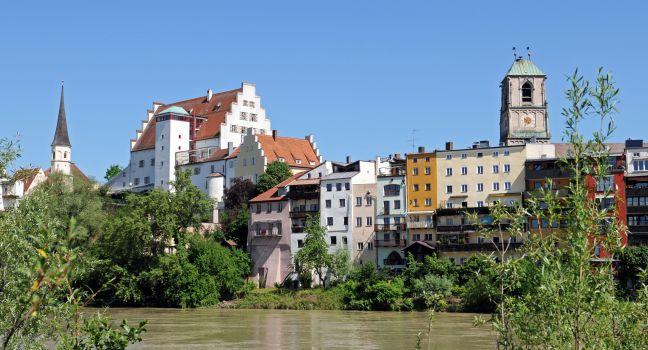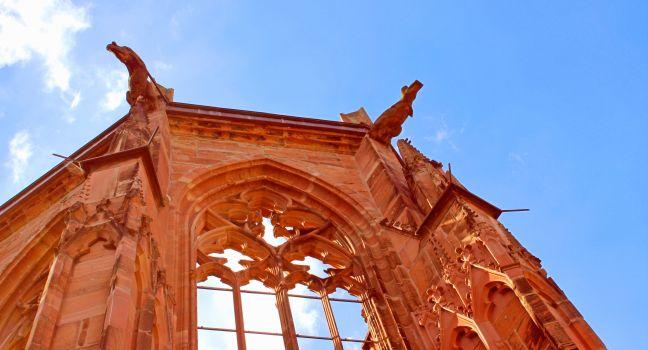Wasserburg

Six kilometers (4 miles) west of Lindau lies Wasserburg, whose name means "water castle," a description of what this enchanting island town once was—a fortress. It was built by the St. Gallen monastery in 924, and the owners, the counts of Montfort zu Tettnang, sold it to the Fugger family of Augsburg. The Fuggers couldn't afford to maintain the drawbridge that connected the castle with the shore and instead built a causeway. In the 18th century, the castle passed into the hands of the Hapsburgs, and in 1805 the Bavarian government took it over. Wasserburg has some of the most photographed sights of the Bodensee: the yellow, stair-gabled presbytery; the fishermen's St. Georg Kirche, with its onion dome; and the little Malhaus museum, with the castle, Schloss Wasserburg (now a luxury hotel), in the background.





